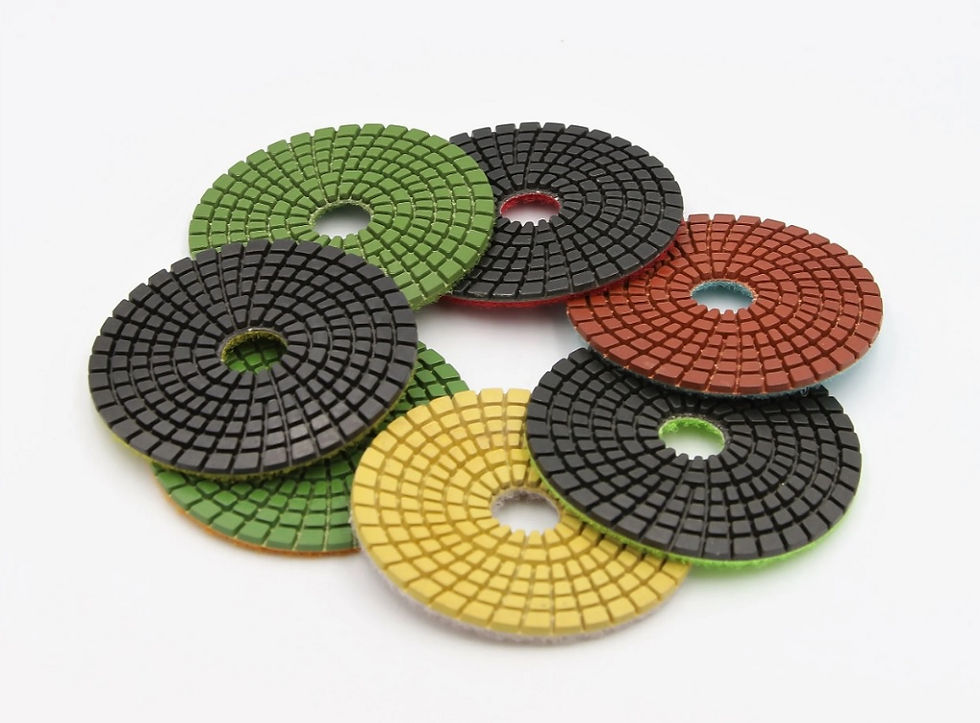Types of Chain Conveyor System and their Usage
- ameliya lanne
- Feb 17, 2016
- 3 min read
In all industries, transporting several finished products or materials is an essential task. There is no doubt that this is not an easy task. Due to this reason, many industries are now using efficient and effective chain conveyor systems. These systems are making the moving of various materials and goods easy. Before discussing this any further, one needs to know what exactly these chain conveyor systems are and their working. Chain conveyor systems are basically simple machines that aids in moving the products through the product line. With a continuous chain arrangement, they possess the capability of carrying numerous goods at the same time in a series.
Usage of Chain Conveyor System:
A motor is present in the system that helps the chain connected to the conveyor to work. This chain allows the movement of the products up and down along the line of the conveyor. Chain conveyor system helps in the transportation of the heavy load materials like grid boxes, pallets and industrial containers that are difficult to carry otherwise. The conveyors can either have a single chain strand or a double chain strand. It depends on the industrial requirements. The mechanism remains similar irrespective of the type of the system taken into usage. When a load is put on the chain, the chain begins to move forward due to friction. It pulls the load simultaneously in the forward direction by using the same method.
Where can one find chain conveyor system? There are a large number of industries that rely on chain conveyor systems. They use these systems for their production lines. Industries, which use this system, are the automotive industry and painting industry. In the automotive industry, this system is used for moving different car parts through paint and finishing plants. In painting industry, this system is used for moving the products in order to have a uniform painting. There are many types of chain conveyor systems available in the market. Some of them are described below:
Pallet handling conveyor This is a simple form of a conveyor system. It uses a motor for operating two or four strands of chain. In this system, the pallet rides directly on the chain, thereby helping it to transfer from one point to another. Pallet handling conveyor is cheap as compared to other mechanisms.
Factory handling conveyor This conveyor is of medium size and it is basically designed for goods and products manufactured in factories. The majority of the chain conveyors employed by manufacturers belongs in this category.
Advantages of a chain conveyor system: There are several advantages of using a chain conveyor system. Some of these are described below:
Easy installation method A chain conveyor system is relatively easy to install. Due to this reason, the manufacturers who make these chain conveyor systems also come with installation services. The conveyor systems and their installation services are sold simultaneously. This helps in ensuring that one has an efficient integrated system without the presence of any complications.
Flexibility The chain conveyor systems are highly flexible. Upgrading these systems and modifying them are quite simple. These tasks can be completed by using the right tools. When a factory or a business expands with time, more conveyor systems are required to meet increased demands. In order to satisfy this condition, one may need to upgrade their existing conveyor system, which can be done easily. Upgrading of these systems does not require the purchase of the new ones. Modifying the existing ones will be enough to get the work completed.
Affordable The durability, ease of use and flexibility helps in making chain conveyor systems affordable too. These systems do not need any type of expensive maintenance or repair. Hope you understand that different types and usage of chain conveyors system. If you want to get more things, then let’s go to the details.



















Comments